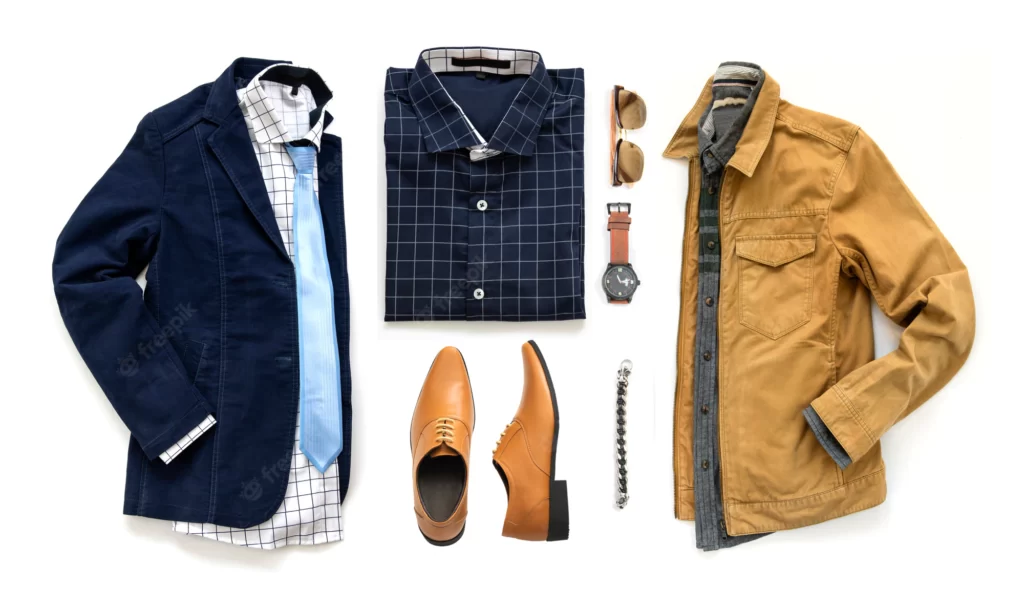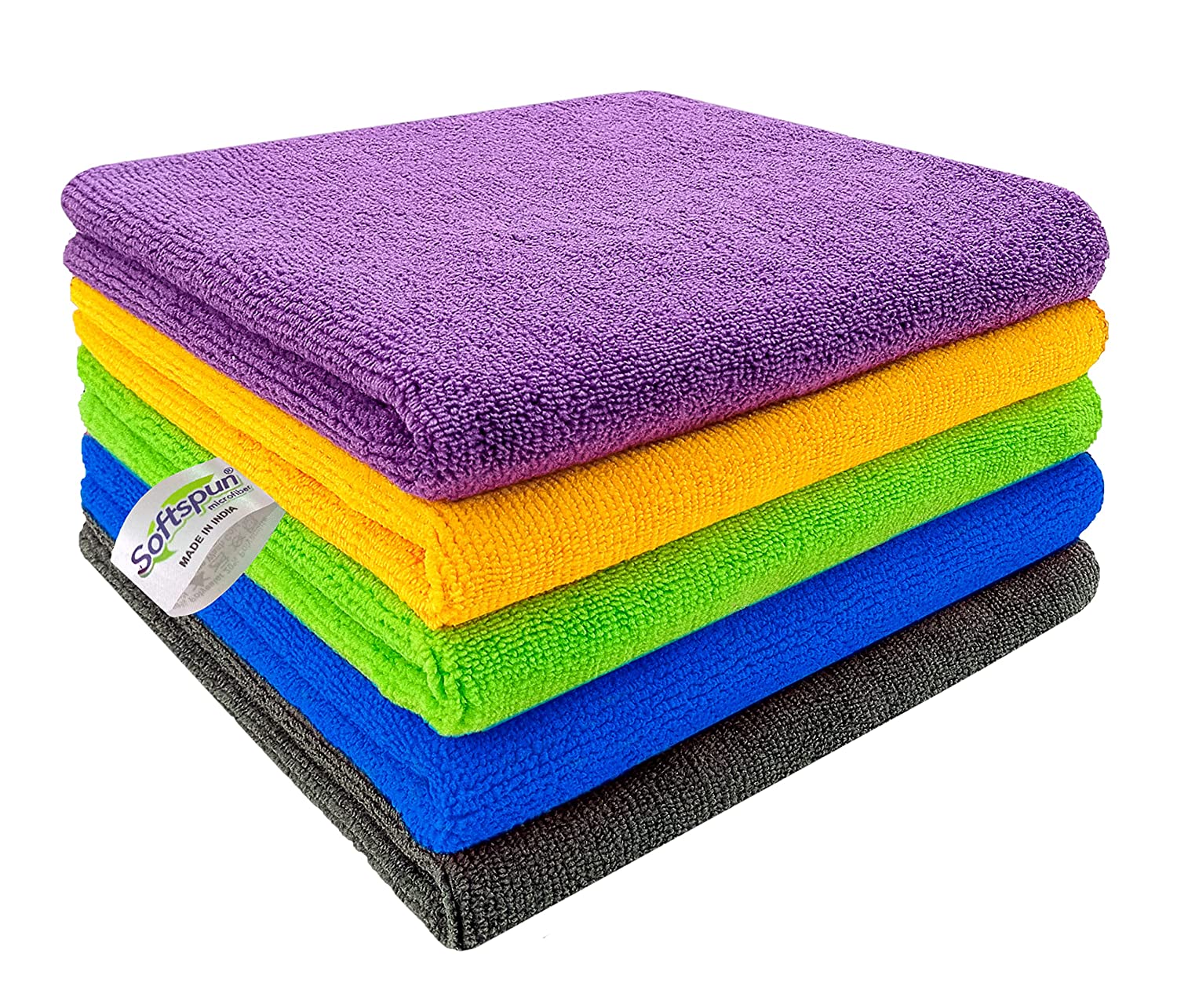CLOTH- FASHION
This section will teach you how to improve your knowledge of the textile industry. This section will teach you how to make clothes, which clothes are the best, which clothes should be worn, and which should not be worn.
The records of man’s use of Textiles date back thousands of years. Our knowledge of the early development of textiles is very less as they are not evident through proper records. Textiles were first developed as a means for carrying food and as mats in shelters. Only in later stages, it is used as clothing.
When early people realized they needed more than their own hair and skin to protect them from the weather, they looked around to see what was available. People lived in a cold climate, and saw animals with skins that kept them warm. They hunted these animals for food and used the fur to cover their body.
CLOTH-FASHION
The records of man’s use of Textiles date back thousands of years. Our knowledge of the early development of textiles is very less as they are not evident through proper records. Textiles were first developed as a means for carrying food and as mats in shelters. Only in later stages, it is used as clothing.
When early people realized they needed more than their own hair and skin to protect them from the weather, they looked around to see what was available. People lived in a cold climate and saw animals with skins that kept them warm. They hunted these animals for food and used the fur to cover their body.
- Integrate clothing into your initial character description. …
- Study articles of clothing to make sure you know what they look like. …
- Pick outfits that fit the setting you’re writing about. …
- Blend clothing into job descriptions. …
- Let your characters change outfits.
CLOTH TYPES
- CLOTH AND TYPES
- CLOTHES WEAR-REMOVE-VERB
- CLOTH TYPES-MILLINERY AND HABERDASHERY
- CLOTH TYPES –UNDERCLOTHES
- CLOTHES TYPES-BABY-BATHING-WIN
- OLD CLOTHING
- TRADITIONAL CLOTHES OF COUNTRIES
- CLOTH TYPES-RELIGIOUS
- TYPE OF DRESSES –GOOD
- BAD DRESSING
- BABY CLOTHES
- DRES’S CLOTHES
- DRES’S LOVER
- NAKED-NUDE
- WEIRD DRESS
Clothing can insulate against cold or hot conditions, and it can provide a hygienic barrier, keeping infectious and toxic materials away from the body. It can protect feet from injury and discomfort or facilitate navigation in varied environments. Clothing also provides protection from ultraviolet radiation. The lesson will cover the first impressions we make on others about the clothing we wear. It will also cover the 5 reasons why we wear clothing: protection, adornment, identification, modesty, and status.
CLOTH PARTS

- INGREDIENTS OF CLOTH AND TYPES OF CLOTH
- CLOTH PARTS BASIC –DESIGN DESIGNERS-PATTERN
- PARTS OF CLOTHES
- CLOTH MANUFACTURING-MAKING
- TOOLS OF CLOTH MAKING-CLEANING
- CLOTH WORKER
- CLOTH SHOP-MAKER
- CAP-TOWEL-HANDKERCHIEF
- GLOVES
- SHOES
- DRAPERY
- CARPET
- CAMPHOR
- TOWEL HANDKERCHIEF
No matter how you look at it, it’s something that’s going to be around forever. It’s loved all around the world as you can reinvent, express, create & stand out from the rest of the crowd. It also gives you confidence, as if you look good, you feel good inside


